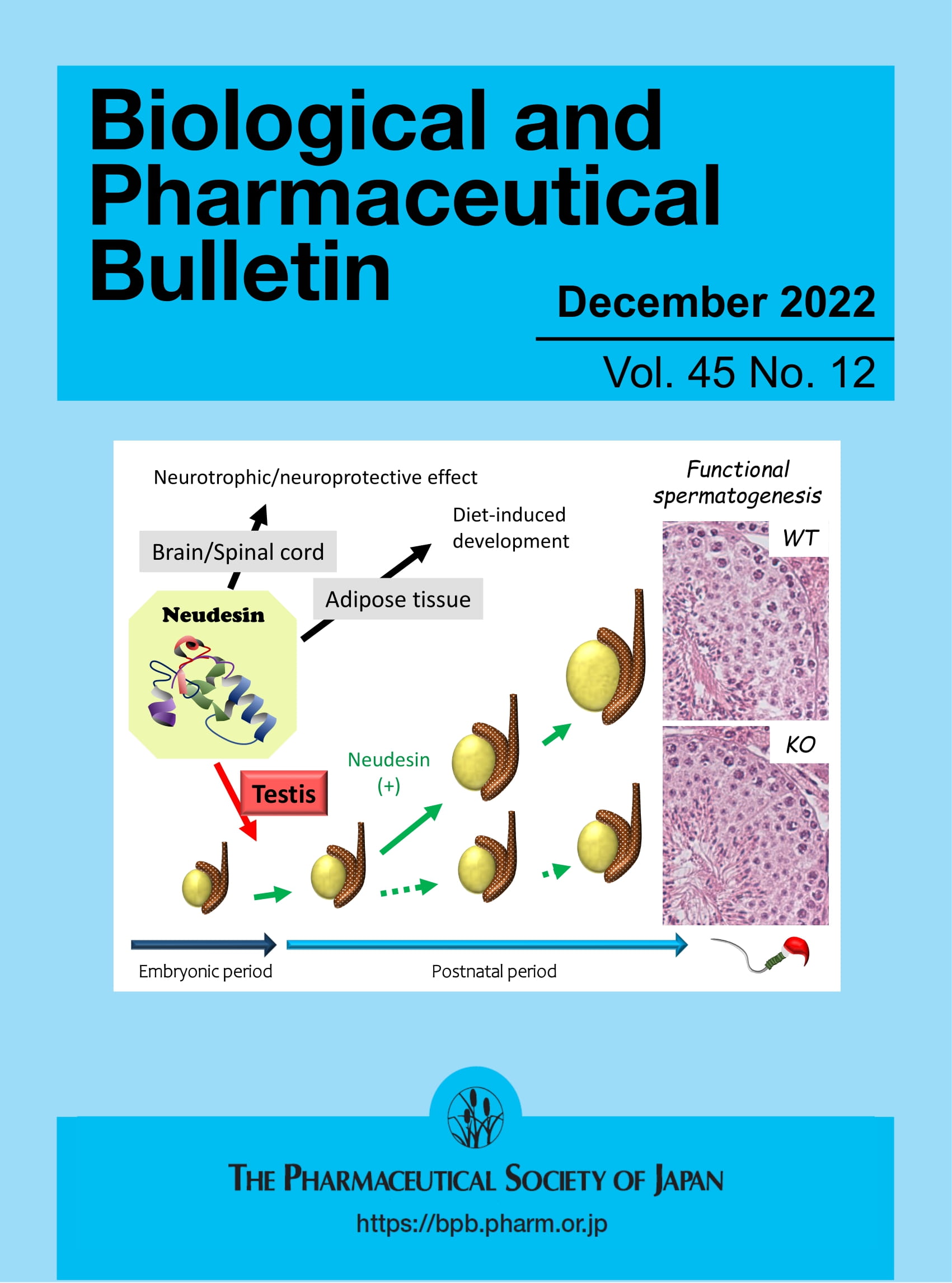Performance of Cryogenic Adsorbents for Use in Methane Bulk and Clumped Isotope Analysis
Abstract
Rationale
Cryogenic trapping of methane is essential for bulk and clumped isotope analyses, requiring adsorbent materials that enable efficient recovery and preserve isotopic signatures. This study evaluates the performance – capacity, isotopic fractionation, and ease of use – of silica gels, zeolite molecular sieves, and activated carbon under various trapping and desorption conditions. A focus is set on the preservation of methane clumped isotope signatures.
Methods
A well-characterized methane reference gas (40 mL) was cryofocused at 77 K in containers filled with silica gels, zeolite molecular sieves (5A and 13X), or activated carbon alongside non-loaded containers. After loading, the containers were warmed in a water bath (21°C–95°C) for various dwell times. The bulk (𝛿D-CH4 and 𝛿13C-CH4) and clumped (∆13CH3D and ∆12CH2D2) isotopic composition of the desorbed methane were measured against the untreated reference gas using novel quantum cascade laser absorption spectroscopy (QCLAS).
Results
The best results were achieved with coarse-grained (1–3 mm) silica gels heated to 50°C for at least 5 min or at 21°C–22°C for a minimum of 120 min. Elevated desorption temperatures (80°C–95°C) compromised clumped isotope signatures. Although effective for gas trapping, zeolite molecular sieves, and activated carbon introduced significant bulk and clumped isotopic shifts due to catalytic effects and chromatographic isotopologue separation. Methane cryofocused without adsorbents retained its bulk and clumped isotopic composition without significant fractionation.
Conclusions
Among the tested adsorbents, silica gels demonstrated superior performance, preserving δ13C-CH4, δD-CH4, ∆13CH3D, and ∆12CH2D2 values close to or within performance targets while offering high adsorption capacity, reproducibility, and ease of regeneration. Adsorbent-free cryotrapping is a viable alternative for sufficiently large methane volumes, where vapor pressure isotope effects (VPIEs) become negligible. However, cryogenic adsorbents remain indispensable for ensuring isotopic accuracy for small sample volumes and high-precision applications.

 求助内容:
求助内容: 应助结果提醒方式:
应助结果提醒方式:


